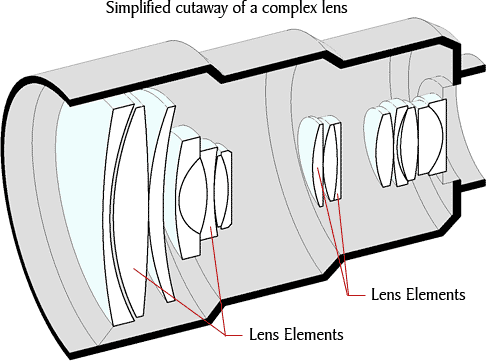
Myth: Anti-Shake means the photos will always be sharp.
Image stabilizer, Vibration Reduction, SteadyShot and other less known titles are just different tags manufacturers use for one similar system: Vibration reducer. This system reduces vibration caused by shaky hands, providing you with sharp images. This feature can be deemed a must-have if you’re planning to use a telephoto lens with your camera, because any little vibration to a telephoto lens has a multiple shake effect. And all vibration reducer systems in cameras of different manufacturers work equally well.
However, you need to note that this feature doesn’t reduce movement of an object. Therefore, even with the advanced technology of an anti-shake system, it still won’t guarantee a sharp result if the object being photographed is constantly moving. You will still have to learn how to maximize the use of this feature to get maximum results. Buying a more expensive lens or camera body doesn’t guarantee more success.
Learn more about the image stabilizer feature in my previous post.
Myth: This camera or a lens is better because it has a longer zoom!
Fact is, a long zoom slows down the lens’ performance and can therefore potentially decrease image quality. Lately, there are some pretty good ultrazoom lenses available on the market, but these lenses are definitely not cheap. First generation ultrazoom lenses come with many faults, including the lack of an anti-shake feature in some brands. Go ahead and choose this type of lens if you want, but make sure the ultrazoom lens you’re purchasing is the newest model (with a steeper price as a consequence, of course).
If the ultrazoom lens is equipped on a compact camera, the problem is magnified. Besides the slowness, the size of camera is also unavoidably larger. It then no longer deserves to be referred to as a “pocket” camera. Also, the longer the zoom range, the lower it’ll decrease the quality of photographs at the longest zoom. Color fringing, decrease of color contrast, flares, and shakes are some common problems you’ll encounter in compact cameras with ultrazoom lenses.
Those are a couple of misconceptions common to amateur photographers just starting out in photography.
The following are facts about your camera lens that you should know:
– There are many elements within a lens. The more the elements, the more intricate the trajectory path of light and this will likely in turn decrease the quality and sharpness of the lens. This is why a zoom lens has a lower sharpness than a fix lens, because of the many elements within the zoom lens. Even if there is a zoom lens with a sharpness that can match a fix lens, the price will undoubtedly be very expensive.

– Aberrations or distortions will always occur in wide lenses (including the fisheye lens). That’s why wide lenses are not recommended for taking photographs of people’s faces, because they will appear stretched and distorted. Also avoid using wide lenses for photographing straight lines.

– Sharpness differs in lenses. Sharpness will lessen when the lens is opened at its widest aperture or its narrowest aperture lens diffraction effect. Zoom lenses also decrease in sharpness when positioned in its farthest zoom. For the best sharpness, use wide to normal focal lengths, and use a mid-range aperture (also known as the sweet spot) of around f/5.6 to f/8.
– The center part of the lens is always sharper than its borders. A good lens has a somewhat even sharpness between its center and its borders, while a bad lens’ sharpness severely decrease in its borders. This decrease in sharpness is called corner blurriness. But considering that the object of the image is mostly at the center of the composition, fortunately, people often times ignore the borders of a photograph.
– The maximum aperture opening of a zoom lens can change depending on the focal length it is set on. To avoid complex lens designs, the zoom lens has its own peculiarities with different maximum apertures at different focal lengths. Pay attention to the inscription on the lens. For instance, the lens 35-105 mm f/2.8-4.5 means that at a wide focal length of 35 mm, its maximum aperture is f/2.8 and at its most telephoto zoom of 105 mm its maximum aperture decreases to f/4.5.
– The super zoom lens has endured a lot of compromising. At the beginning, there is no lens that has an extreme focal length that can accommodate the need of a 26 mm wide to a 520 mm telephoto zoom in one single lens. But due to demands in the market and the tight competition between brands, manufacturers are forced to create an all-in-one lens like the Olympus SP 570 with a 20x zoom. This type of lens has shot through the boundaries of theoretical optical physics, by sacrificing quality and sharpness, to meet the goal of being dubbed the all-in-one lens. A super zoom lens with a zoom range of 10 to 12x is fairly balanced between the telephoto capabilities and its output quality. While the 15x, 18x, and 20x zoom lenses seem a bit forced and should be left for those highly ambitious in owning an ultra, ultra zoom lens.




